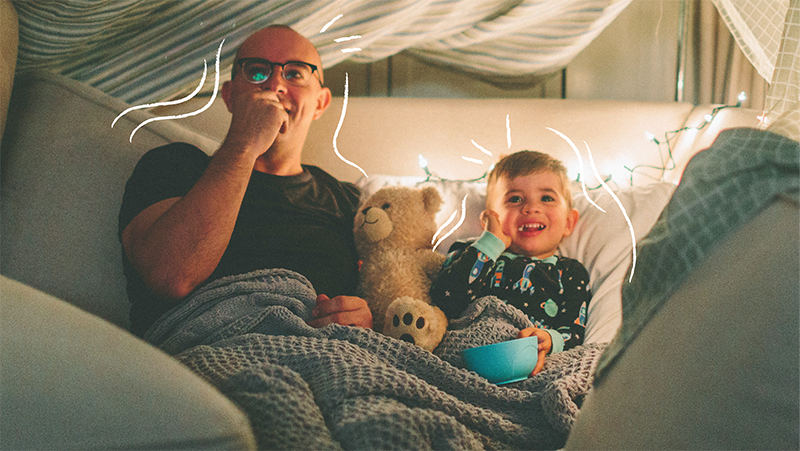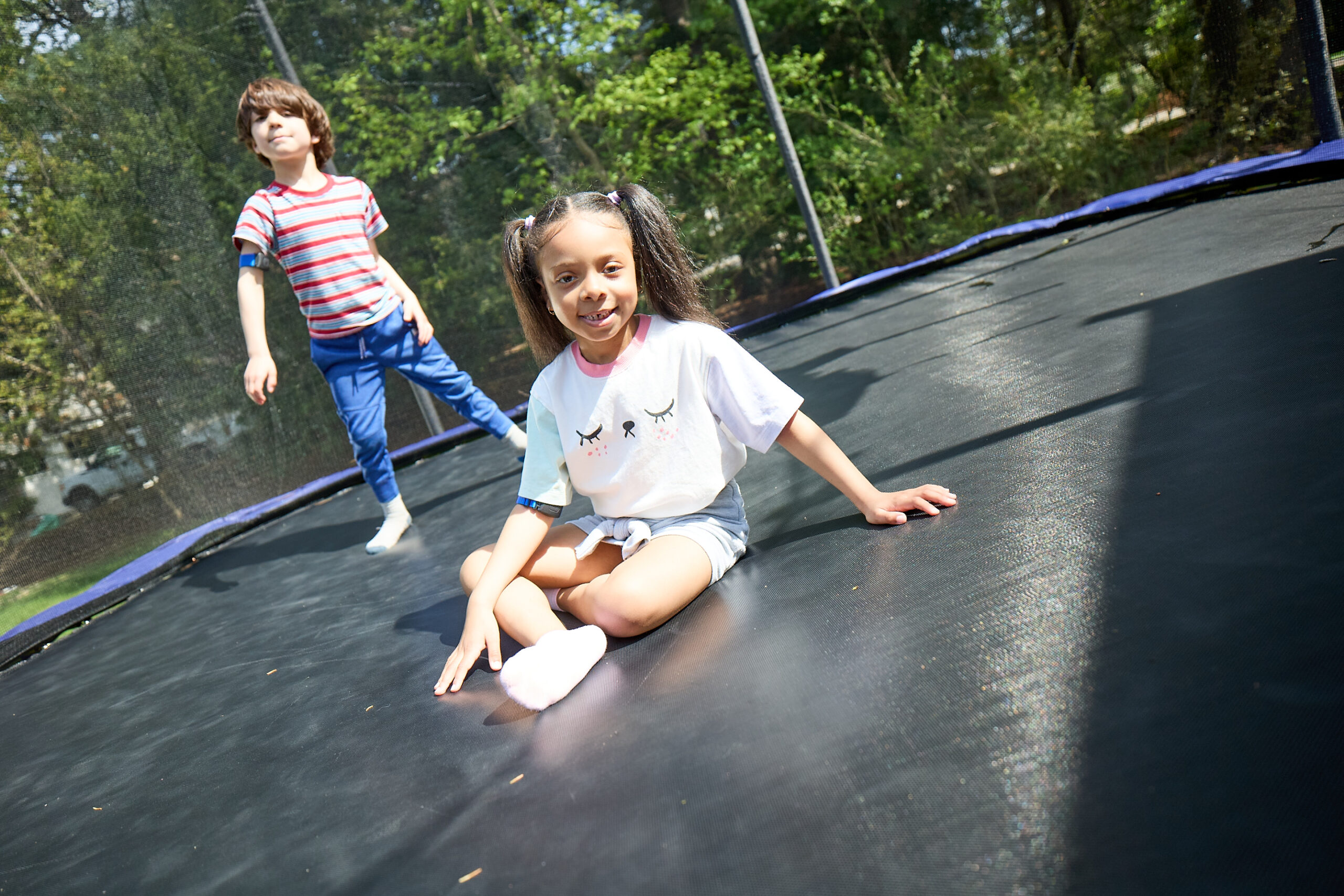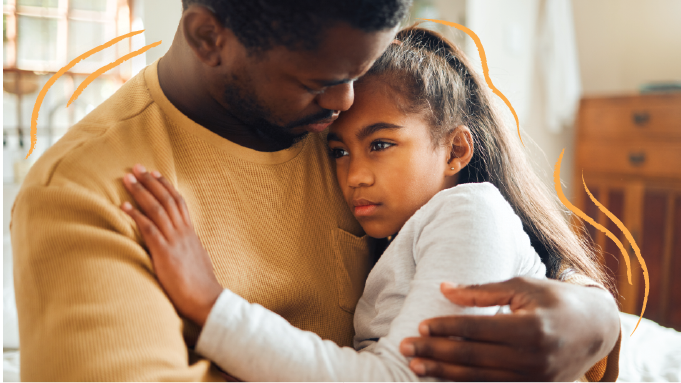
Some emotions feel better than others. I would rather feel happy than feel sad, and I would rather feel excitement than dread. But we don’t always have a choice around how we feel, and for good reason. Emotions are powerful communicators. They tell us something about the world around us and about ourselves. Sadness might not feel good, but it’s a meaningful reflection on a hope or experience. Dread might be uncomfortable, but it signals something about our comforts or preferences.
For all of us, but especially for kids, it is hard to separate out the “positive” and “negative” elements of how emotions feel, from their underlying value and importance. Kids often label emotions like sadness and anger as “bad.” In fact, many adults do this, too!. How often have you heard, or even said, “Don’t feel sad,” or “You shouldn’t feel angry about that?” Messages like this invalidate children’s true emotional experiences, and reinforce to kids that certain emotions should be pushed down, hidden, or ignored.
Here are some steps to help kids build emotional awareness and acceptance of ALL emotions, not just the comfy ones.
- Model emotional awareness. Big emotions, and the relational and behavioral difficulties that often accompany big emotions, can be tough. Kids often say how alone they feel, that they think something is wrong with them, or that no one understands what they’re going through. Alongside all the strengths that come with big emotions (big happiness, deep empathy, a strong will), there can also be a powerful feeling of isolation. This is why modeling emotional awareness is important. When caregivers show awareness of their own emotions, it normalizes the process of thinking and talking about emotions. It signals that we all struggle with our emotions at times, and there’s no shame in working on that. Modeling healthy emotional awareness and acceptance is also a key factor in helping kids develop awareness and acceptance of their own emotions.
- Practice mindful noticing. Emotions aren’t just thoughts in our heads, they are full physiological experiences. A classic example of this is the stomach ache that signals anxiety rather than stomach bug. It takes some observation and practice, but building an awareness of that mind-body connection and understanding body cues is hugely important for kids. Caregivers can build mindful noticing into everyday life with simple comments like, “I’m so excited my heart is racing,” or, “I was so frustrated it was hard to think clearly,” Also, like any modeling activity, it normalizes the fact that we all have emotions, we all have things we struggle with, and there’s no shame in talking about that. Here’s a body map where kids and adults can draw how different emotions feel within the body. Use this tool as a way to have conversations with your child about the different ways emotions are communicated in the body.
- Model acceptance. Kids often take our lead in how we think, talk, and act. How we approach our own emotions, and the ability to be openly communicative and self-reflective, is something they’ll pick up on. For kids who struggle with accepting and understanding their own emotions, it’s important for them to see others talking and thinking about emotions in an honest, non- judgmental way. This might mean identifying emotions by their names (anger, anxiety, feeling overwhelmed), or even by their Mightier metaphors (red zone, blue zone, lavalings coming out). All emotions, even the difficult ones, are valuable and deserve attention. Demonstrate emotional acceptance in the way that feels right in your home. This might mean talking about worries or disappointments from real life scenarios, or pulling out the lavaling list and creating narratives for each of the characters. Or, it might just mean playing Mightier, saying when something is hard or frustrating, but taking a deep breath and trying again. Here’s a worksheet to help children think about what leads them to feel difficult emotions. Parents can make one for themselves as well, and turn this into a shared activity.
- Use “and” statements. Emotions don’t exist in isolation. We can feel excited AND nervous, sad AND hopeful, angry AND appreciative. Experiencing multiple emotions at once can be complicated, and sometimes difficult to tease apart. This is especially true for younger children who have not yet developed the cognitive ability to hold two such concepts in their head at once, or for children who struggle with flexible thinking and perspective taking. Caregivers can ease kids into the complexities of emotions by modeling “and” statements around their own thoughts and feelings. Just like the above steps, this helps children begin to see and understand their own emotional experiences, and signals to them that all emotions are valid and valuable.

















